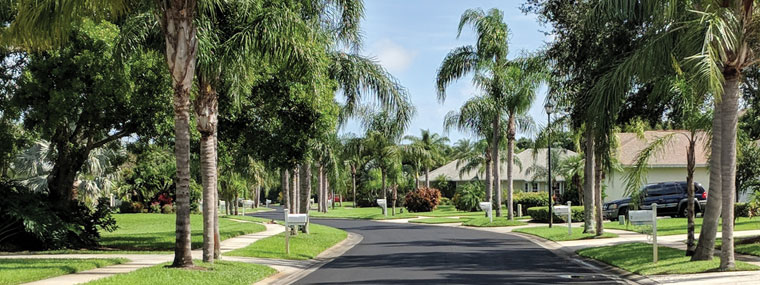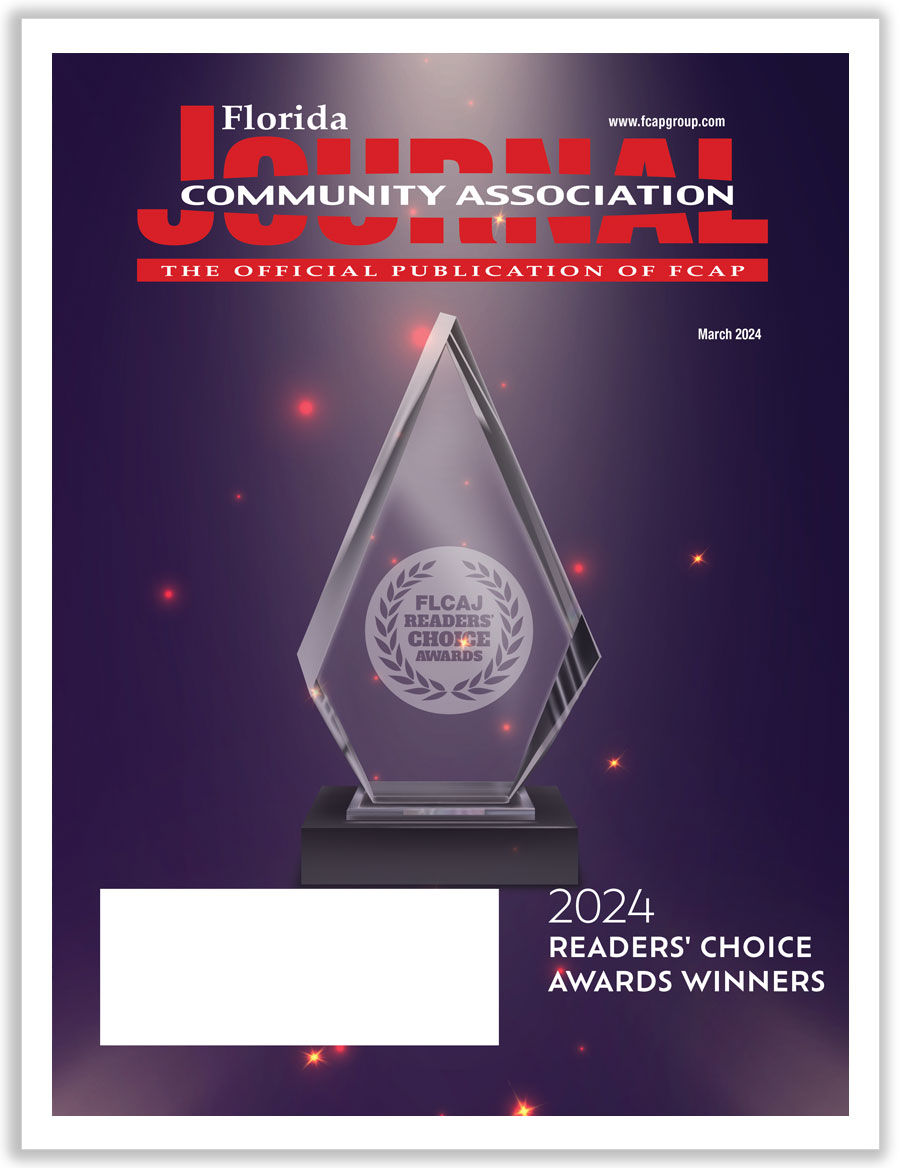
Fiscally Responsible Boards Often Miss This, and It’s Costly!
By Mark Beatty / Published September 2022

I appreciate a board that is fiscally responsible. I’ve worked with many HOA boards, and no two of them are alike. One approach I’ve seen hurt some community’s finances several times over the years is relying upon visual self-assessments of their street conditions.
Self-assessments are important to identify safety issues, such as a pothole that needs immediate repair. But the mistakes are made when a visual inspection leads board or committee members to determine that the streets have no issues, and therefore no action needs to be taken. That can be the case, but it’s also entirely possible that the conditions are such that installing an appropriate preservation treatment would generously extend the useful life of the community’s streets and significantly reduce future costs. The tricky thing is that there are windows of time when employing a pavement preservation strategy is exceptionally effective at lowering the community’s ownership costs. Those windows occur when the pavement is in good condition, or what’s considered a high PCI (Pavement Condition Index) range—meaning visually…it appears nothing needs to be done.
Implementing a cost-effective preservation strategy must be done while streets are still in good condition. Asphalt replacement has never been more expensive than it is today. Unless your reserve study has been updated in the last couple of months, and if it does include replacement costs, it’s likely the budgeted replacement costs are significantly below what’s needed with the drastic acceleration of asphalt prices. Having a preservation strategy in place is absolutely paramount to avoiding special assessments or high HOA dues in addition to supporting a high-value community appearance. In every article, I promote how important it is for board members and community managers to get educated from an approved Florida Department of Business Regulation trainer on pavement management. Communities will lower their cost of ownership by implementing the strategies discussed. Please contact me at mark@holbrookasphalt.com, and I’ll refer you to an approved educator who can run through an approved orientation on effectively extending pavement life.
 On a side note, I know some boards have experienced preservation projects that have left them questioning if a maintenance project was a waste of HOA funds. I can sympathize with those board members because they spent money on maintenance and then still found themselves in a situation where major rehabilitation or replacement was required. Sometimes projects are completed, and the actual benefits are minimal…and that’s very disheartening. In fact, years ago I noticed a particular big box store chain that never did maintenance on their asphalt parking lot. We’d be notified of major rehabilitation or reconstruction of their parking lots after they had experienced significant deterioration. Now this particular national box store chain wasn’t the biggest, but they certainly were quite successful and fortunately had some deep pockets. What we came to find out was that they had tried some maintenance sealers, but these sealers hadn’t slowed the deterioration of the pavement. I understand why they made the decision they did based upon their experiences, but it was a very costly decision. Fortunately, they are exception-ally profitable and could deal with the pain of the added costs.
On a side note, I know some boards have experienced preservation projects that have left them questioning if a maintenance project was a waste of HOA funds. I can sympathize with those board members because they spent money on maintenance and then still found themselves in a situation where major rehabilitation or replacement was required. Sometimes projects are completed, and the actual benefits are minimal…and that’s very disheartening. In fact, years ago I noticed a particular big box store chain that never did maintenance on their asphalt parking lot. We’d be notified of major rehabilitation or reconstruction of their parking lots after they had experienced significant deterioration. Now this particular national box store chain wasn’t the biggest, but they certainly were quite successful and fortunately had some deep pockets. What we came to find out was that they had tried some maintenance sealers, but these sealers hadn’t slowed the deterioration of the pavement. I understand why they made the decision they did based upon their experiences, but it was a very costly decision. Fortunately, they are exception-ally profitable and could deal with the pain of the added costs.
This ties into what I mentioned earlier about those responsible for maintaining asphalt streets and parking lots pursuing more training. Pavement maintenance is an industry with only minimal regulation, so education is absolutely paramount to implementing a successful strategy. You can turn pavements black like this big box store did with no effective change to the life of the pavement. Turning pavement black does not necessarily correlate to extending the life of the pavement. Some types of sealers just aren’t effective, and others are heavily watered down to lower costs.
Aesthetics can certainly be a part of a preservation project. But most importantly, a project should be focused on extending the useful service life of the community’s asphalt pavement assets. For instance, High Density Mineral Bond (HA5) installations are recognized to slow the aging by 67 percent and have very high aesthetic appeal. Depending upon the condition of the pavement, a microsurface might be what’s needed. It’s all about gaining an understanding of what tool in the toolbox is best for your community.
Mark Beatty
Senior Vice President, Holbrook Asphalt Company
Mark Beatty is on the Advisory Board for the International Pavement Management Association and consults with public agencies and HOAs throughout the U.S. He is a sought-after presenter at public works events as well as HOA seminars. Mark serves as the senior vice president at Holbrook Asphalt Company. You can contact Mark at mark@holbrookasphalt.com.




